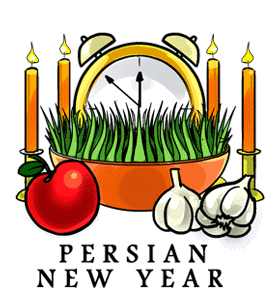

Persian New Year
Persian New Year Quick Facts - AU
| AKA Name | Nowruz, Iranian New Year |
|---|---|
| HashtagsCompiled on | #Persiannewyear |
| Related Hashtags | #Nowruz |
| 2024 Date | 20 March 2024 |
2024 Holidays & Dates
| Australian & Common Holidays | ||
| Misc. & Int'l. Observances | ||
| Christian Holidays | ||
| Jewish Holidays |
|
|
|
|
